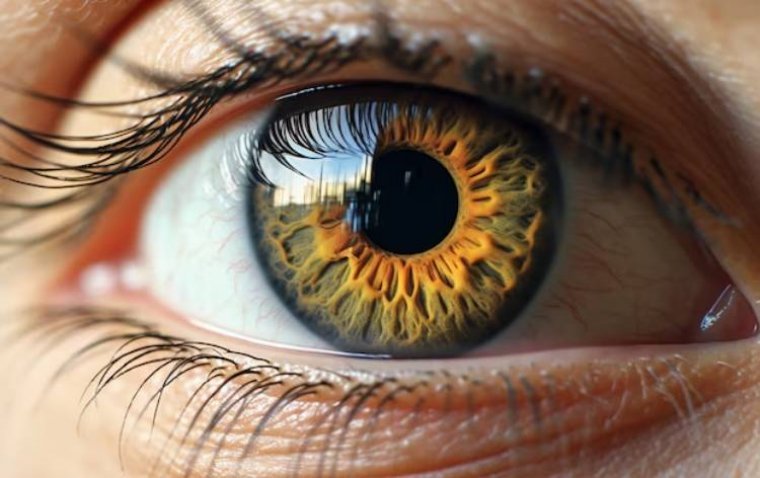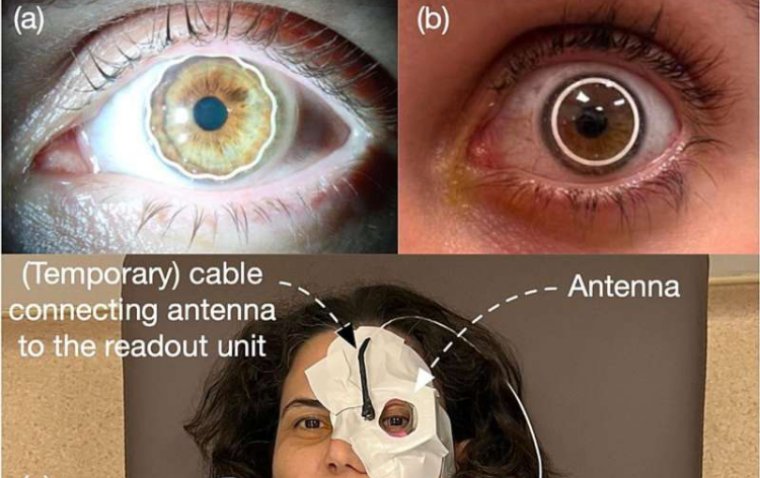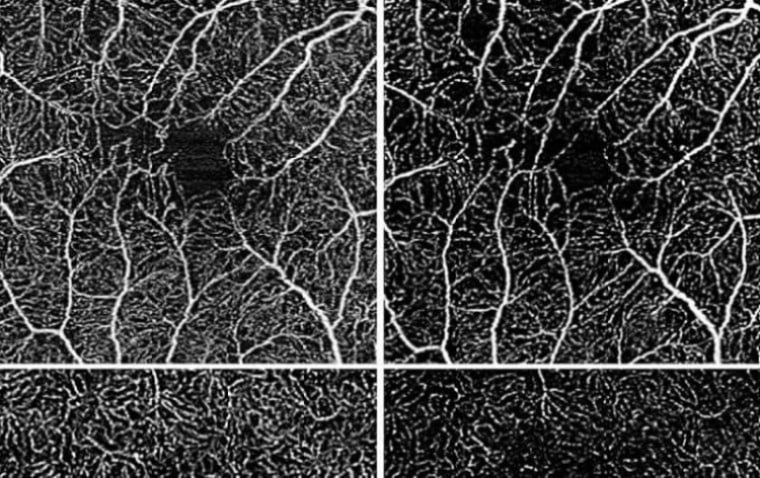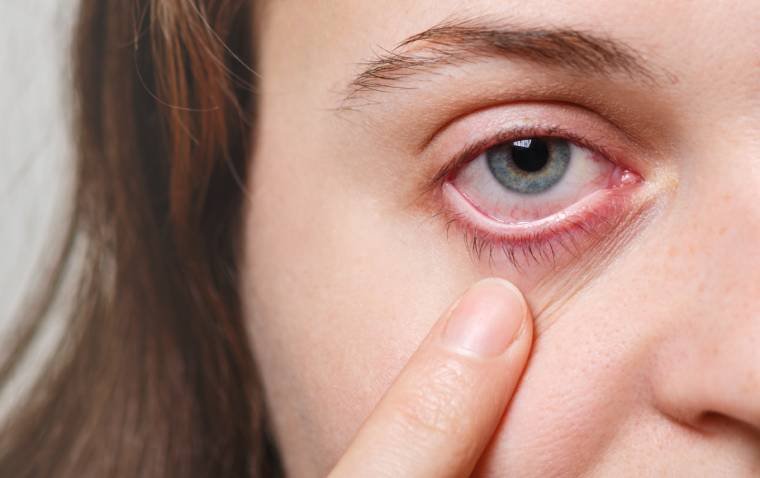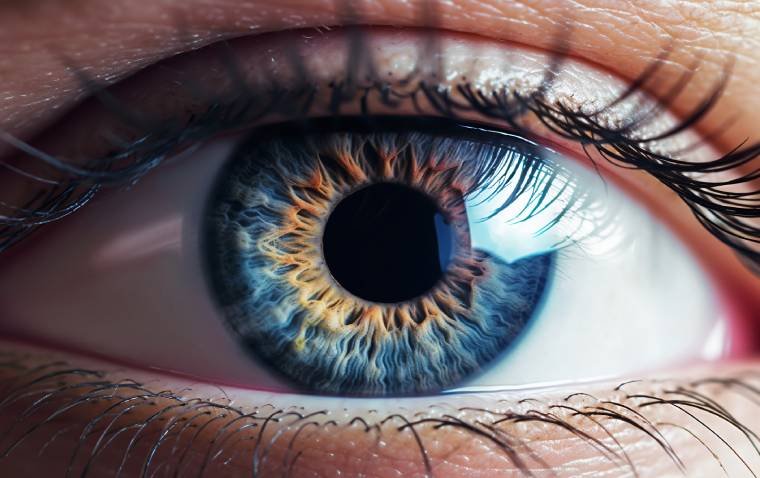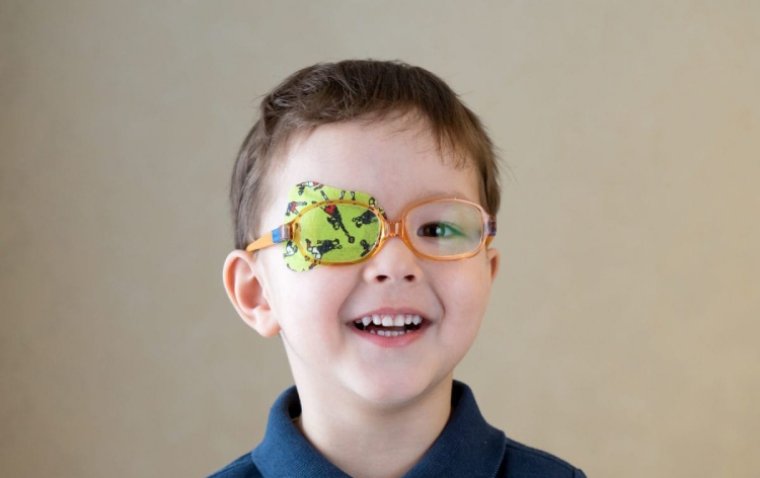
Researchers Investigate Impact of Altered Gravity on Eye Health in Space Travel
As the accessibility of space travel grows, so does the urgency to understand its effects on human physiology. Researchers led by Dr. Ana Diaz Artiles at Texas A&M University are tackling this challenge head-on by studying how altered gravity during space missions impacts the human eye.
Fluid Redistribution and Cardiovascular Effects
Gravitational alterations in space can induce significant fluid shifts within the body, impacting the cardiovascular system, including blood vessels around the eyes. With the rise of commercial space travel, not limited to trained astronauts, there is a growing need to comprehend these fluid dynamics' roles in cardiovascular and ocular health.
"When we experience microgravity conditions, we see changes in the cardiovascular system because gravity is not pulling down all these fluids as it typically does on Earth when we are in an upright position," explained Dr. Ana Diaz Artiles, an assistant professor in the Department of Aerospace Engineering and a Williams Brothers Construction Company Faculty Fellow.
Spaceflight Associated Neuro-ocular Syndrome (SANS)
One of the primary concerns researchers are investigating is Spaceflight Associated Neuro-ocular Syndrome (SANS), which is a condition of concern among astronauts experiencing prolonged exposure to microgravity. It is characterized by structural changes in the eye, such as flattening of the back of the eyeball and swelling of the optic nerve. These alterations can lead to visual impairments and other ocular symptoms.
Diaz Artiles and her team are focused on identifying the underlying mechanisms behind SANS to develop effective countermeasures.
Evaluating Countermeasures: Lower Body Negative Pressure (LBNP)
Recently, they explored the potential of lower body negative pressure (LBNP) as a countermeasure to mitigate headward fluid shifts associated with microgravity. However, their findings indicated that while LBNP successfully redistributed fluid to the lower body, it did not effectively reduce OPP, potentially limiting its utility in combating SANS if elevated OPP proves to be a contributing factor.
Future Research Directions
"This research is part of a larger effort to understand the complex interactions between fluid shifts, cardiovascular responses, and ocular health in altered gravity environments," noted Diaz Artiles. Previous studies utilized a tilt table to simulate varying gravity levels, providing insights into cardiovascular effects at different angles of inclination.
Future research aims to further investigate these phenomena using a centrifuge to simulate gravitational forces and to conduct studies in true microgravity conditions, such as parabolic flights. These endeavors are crucial to comprehensively understand how space travel impacts human health and to develop effective strategies to safeguard astronaut well-being during extended missions.
The ongoing studies by Dr. Ana Diaz Artiles and her team underscore Texas A&M University's commitment to advancing aerospace research and addressing critical health challenges associated with space exploration.
Reference
Eric A. Hall, Richard S. Whittle & Ana Diaz-Artiles. Ocular perfusion pressure is not reduced in response to lower body negative pressure. npj Microgravity, 2024; DOI: 10.1038/s41526-024-00404-5
(1).jpg)

